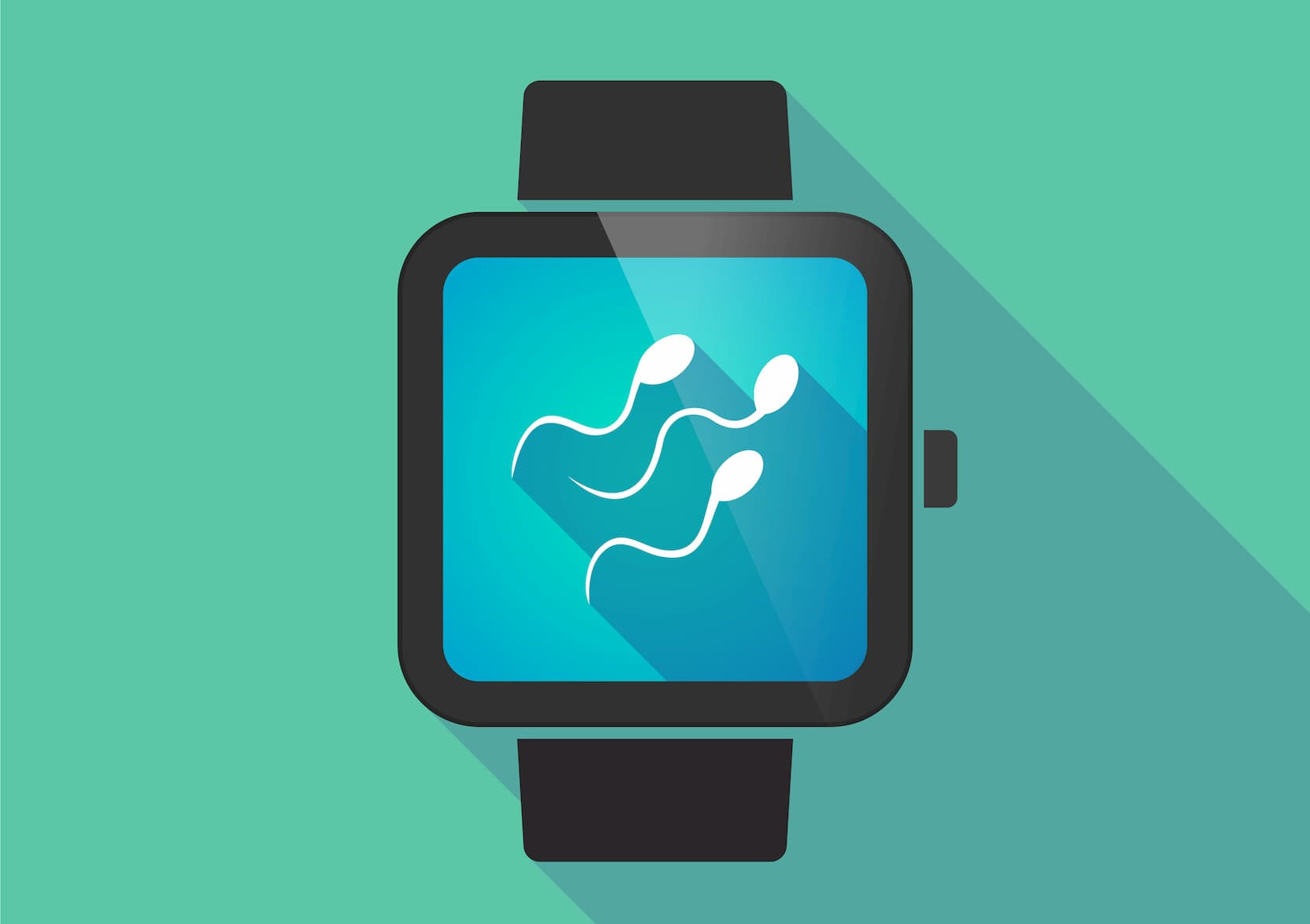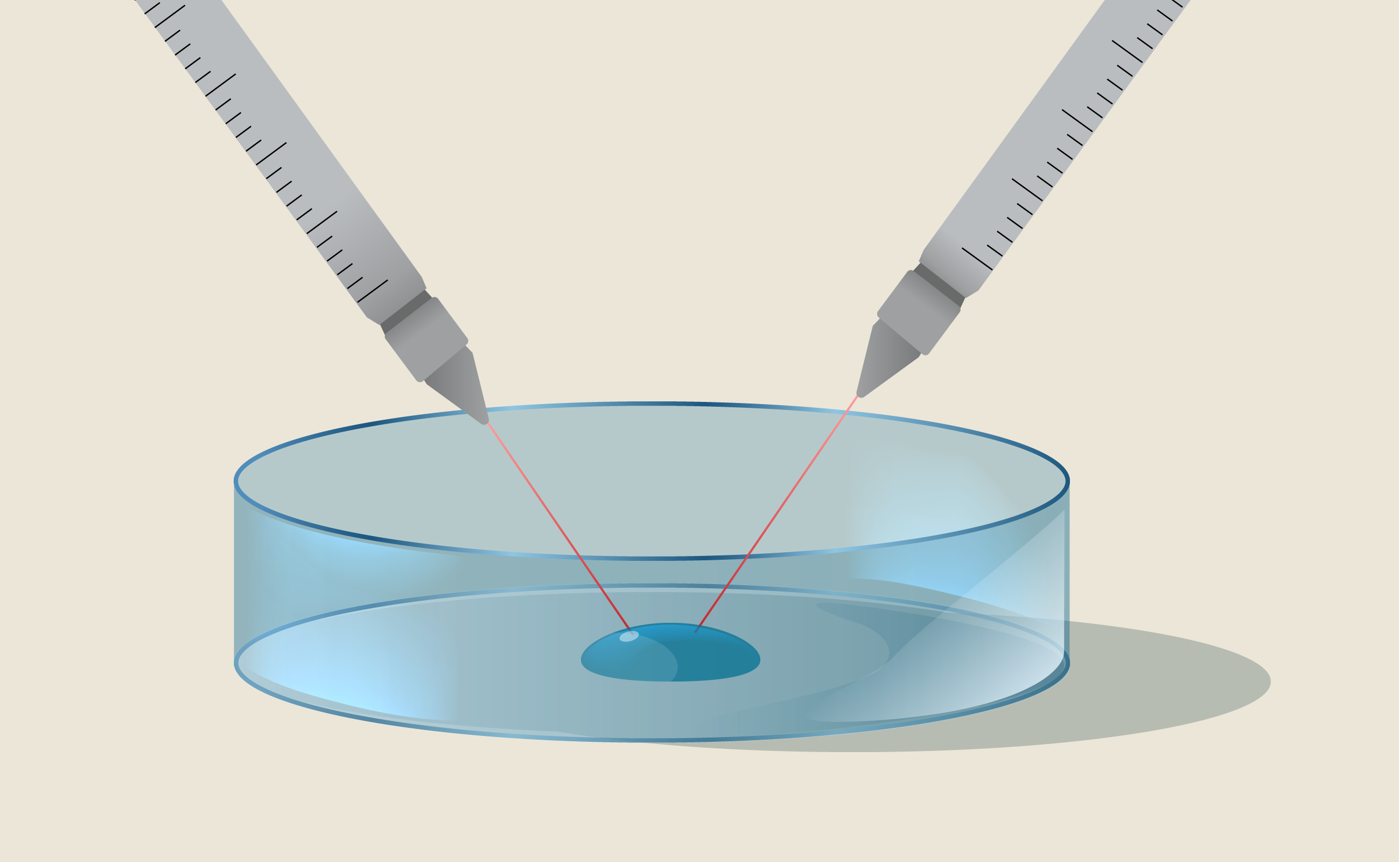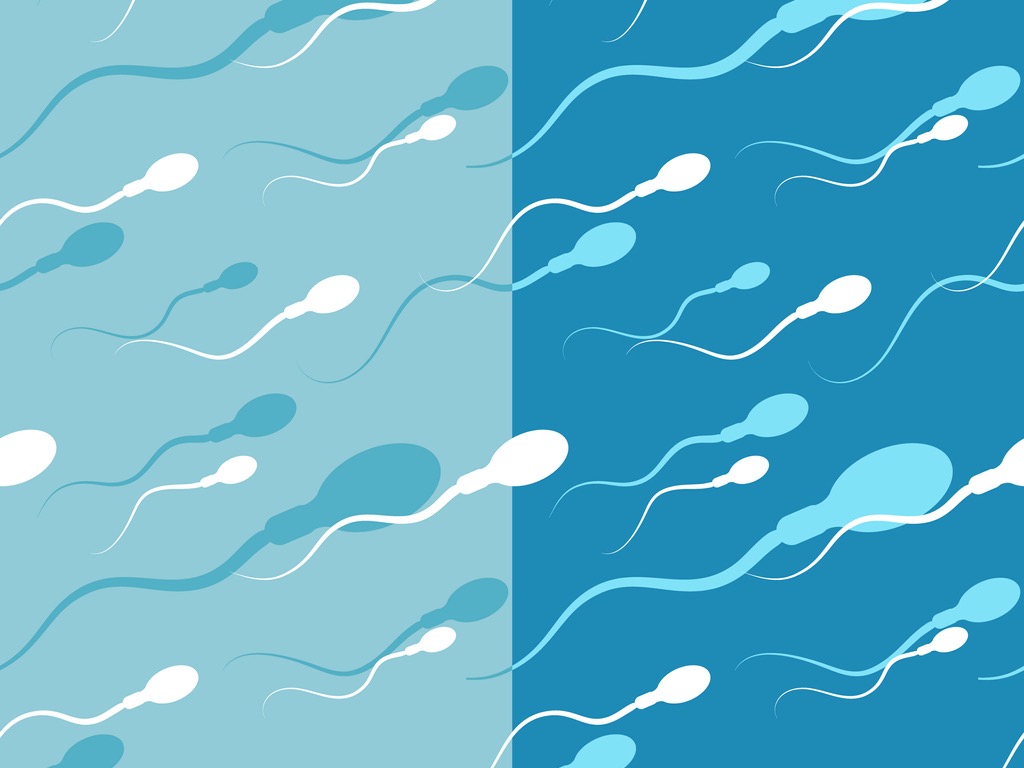Did you know?
Only about 25% of cancer survivors will end up needing to use their preserved sperm to achieve a pregnancy. However, since it is difficult to determine in advance whether or not you’ll be part of that 25%, it is best to bank your sperm. Think of this as your back up plan.
Once you and your partner are ready to have a child, you may first want to undergo a semen analysis to see if you need to use the frozen sperm, especially if you have recently stopped cancer treatment (within the last 2-5 years). If you have a lot of sperm (high sperm count) that swim well (high motility), and are of normal size and shape (good morphology), then you may decide to try to get pregnant the old-fashioned way. If the results indicate that the sperm are not high quality, the clinic may recommend that you thaw your sperm for use in either Intrauterine insemination (IUI) or IVF with or without intracytoplasmic sperm injection (ICSI).
- A fertility clinic will conduct a semen analysis and help you and your partner decide which option is best for you.
- For men with female partners:
- If you have lots of sperm banked, you and your partner may choose a form of fertility treatment called intrauterine insemination (IUI). However, the success rate of IUI per cycle is relatively low (6-14%), in part because cancer and its treatment may affect sperm quality.
- If you only banked a few samples or if your banked sperm is of poor quality or poor quantity (<20 million), you and your partner may need to use in vitro fertilization (IVF) with intracytoplasmic sperm injection (ICSI).
- The success rates for IVF is around 25% per cycle. The success rate is largely dependent on the age of the woman whose eggs are being used. Using IVF with ICSI can increase your chances of success, since ICSI only requires one single good quality sperm per egg.
- IVF can also be a good option if your partner is experiencing fertility problems or is above the age of 35.
- For men with male partners or without a partner:
- You will have to find a surrogate (a woman who is willing to carry your baby for you) and an egg donor.
- Surrogates and egg donation are becoming increasingly more common but involve cost and a legal contract. You can contact the clinic where you have banked your sperm to find out more information.
- If your surrogate is willing to also be the egg donor, depending on the quantity and the quality of your banked sperm, the surrogate may be able to undergo intrauterine insemination (IUI).
- If you’re using an egg donor and/or your sperm is of poor quantity, the egg, once retrieved from the donor, will be fertilized with ICSI. The surrogate will also have to prepare for a transfer by taking hormonal medications to make her body ready for the embryo to implant.
- You will have to find a surrogate (a woman who is willing to carry your baby for you) and an egg donor.
- Click here to learn more about Assisted Reproductive Technologies.
- For men with female partners:
- When you are ready to use your sperm, your sperm will be thawed.
- Thawing is usually done for 5 min, followed by incubation for 10-15 min at 37C before insemination.
- Thawing can produce some damage to the sperm including impaired sperm motility and damage to the structure of the sperm. This may make it harder to conceive. For this reason, depending on the quality of the sperm after it is thawed, your fertility team may recommend ICSI to give you a better chance of success.
- Sperm banking does not guarantee that you will be able to achieve a pregnancy. Reproduction is not an exact science as it is dependent on many factors including the quality of your partner’s eggs and your sperm.









